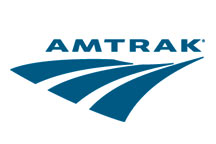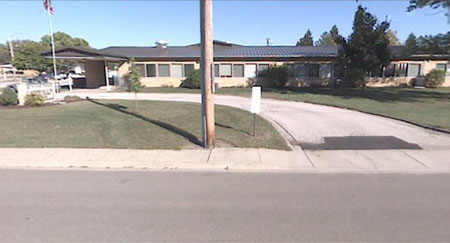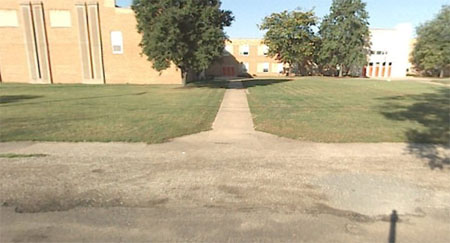Of course the title of this post need not be an either/or question. But I pose the question that way because I want to draw some contrasts between the two projects.
Peoria currently has four automobile bridges across the Illinois River (McClugage, Murray Baker, Bob Michel, and Cedar Street). Peoria does not currently have passenger rail service.
The Eastern Bypass would connect Route 6 at Mossville to I-74 near Morton via a north-easterly route in Tazewell County. Passenger rail service (as currently proposed) would connect Peoria to Chicago and St. Louis via Bloomington/Normal.
The Eastern Bypass is estimated to cost $650-700 million to build. The estimated cost to establish a passenger rail link between Peoria and Normal is $74.6 million.
Building the Eastern Bypass will require acquisition of the entire corridor via eminent domain and result in the destruction of more farmland. All that’s required to establish passenger rail service is the upgrading of existing rail lines.
There have been three public hearings and at least four major studies completed so far for the Eastern Bypass. There have been no public hearings and only one limited feasibility report on establishing passenger rail service to Peoria.
Opponents of passenger rail service (like Ray LaHood) contend that it’s convenient — or at least perfectly acceptable — for Peoria area residents to drive to Bloomington (40 miles away) to catch the train. Supporters of the Eastern Bypass (like the Tri-County Regional Planning Commission) say it’s too inconvenient for those in North Peoria to drive to the McClugage bridge (10 miles away) to cross the river, or to experience minor congestion for a few minutes twice a day.
IDOT has devoted several pages of their website to the Eastern Bypass study with encouragements to the public to get involved and a depository of study documents. The only thing on IDOT’s website about the possibility of establishing passenger rail service to Peoria is the aforementioned feasibility report which can be downloaded from IDOT’s Amtrak page.
Passenger rail is cheaper to establish, more sustainable to maintain, more ecologically and socially responsible, and covers a greater distance, yet it’s perceived as a greater cost to taxpayers than a highway that is nearly ten times as expensive, unnecessary, unsustainable, and only moves you in circles. Read the newspaper and you’ll see the cost of the Eastern Bypass mentioned in passing at the end of the article, as if it’s being included with a shrug saying, “that’s the way it is these days; everything costs money.” But read an article about passenger rail, and you’d think we needed to start mining for gold to afford it; the whole focus of the article is on the “tremendous cost to the taxpayers,” even though it’s a fraction of highway funding.
The Eastern Bypass is being pursued by IDOT et. al. with an aura of inevitability. There’s no serious question of “if” it will happen, but rather when and by which route. Meanwhile, IDOT is not giving any serious consideration to the establishment of passenger rail service to Peoria. They spent five years coming up with a “feasibility report” that didn’t even consider direct service to Chicago (which is the study that was actually requested), but instead studied feeder service to Normal, with no explanation of who authorized the change in scope.
At least as much effort should be going into the establishment of direct passenger rail service to Chicago as is going into the development of the Eastern Bypass. Local transportation officials as well as local legislators should be pressuring IDOT to do a real feasibility study–the one that we asked for in the first place. The assumption should be that we are going to get passenger rail service established, and the only question is which route is best (for ridership, cost, future expansion, etc.).
Why shouldn’t we approach passenger rail with the same aura of inevitability as the Eastern Bypass?

 You see, the original request to study direct service between Peoria and Chicago. There was no request for this to be a high-speed train or to connect to a high-speed corridor. But then the request was inexplicably modified. Instead of simply looking at direct service, the request was changed to look at service that would connect with the new “high speed” corridor between Chicago and St. Louis that passes through Normal.
You see, the original request to study direct service between Peoria and Chicago. There was no request for this to be a high-speed train or to connect to a high-speed corridor. But then the request was inexplicably modified. Instead of simply looking at direct service, the request was changed to look at service that would connect with the new “high speed” corridor between Chicago and St. Louis that passes through Normal. Since 2007, Amtrak and the Illinois Department of Transportation have been studying the feasibility of establishing a Peoria-Chicago train route. The report has been constantly delayed, pushed off one or two seasons at a time.
Since 2007, Amtrak and the Illinois Department of Transportation have been studying the feasibility of establishing a Peoria-Chicago train route. The report has been constantly delayed, pushed off one or two seasons at a time. 
